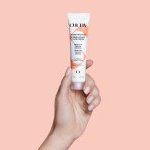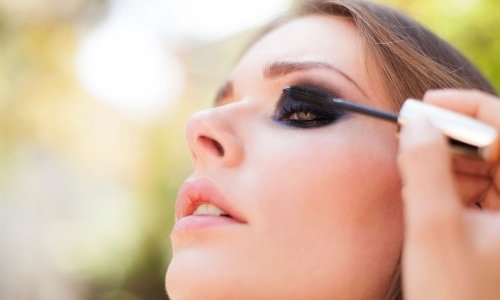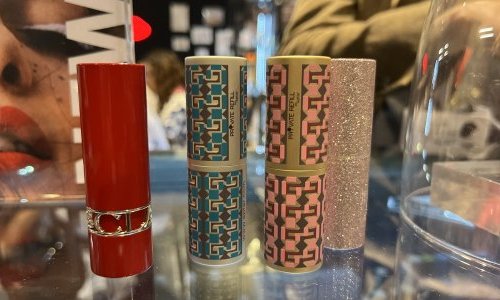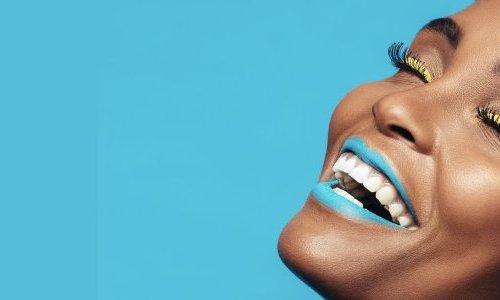From tomato skins and olive pomace to cacao pods, coffee grounds and clementine peelings, the beauty industry is reinventing as it seeks to make something new out of something previously unwanted. Many cosmetics brands are starting to delve into our garbage cans or, more specifically, those of the food industry (even if manufacturers would most likely mention "by-products" rather than waste), to concoct the cleansers, creams, serums and makeup removers of tomorrow.
From ketchup to mandarin juice
Actually, this new interest in waste is also linked to the need for beauty industry companies to reduce their environmental footprint, and to try to meet the new expectations of consumers, who are increasingly in search of ecological commitments.
This is something that the My Skin Feels brand is tackling head on, to the point of making waste a core part of its DNA. Born on the beaches of Brighton, on England’s south coast, this beauty brand focuses primarily on organic ingredients from the food and drink industries that would otherwise have been thrown in the trash. And this helps makes each product — currently a moisturizer and a facial cleanser — unique, and sometimes even out of the ordinary.
For its two flagship products, the brand used mandarin fruit juice waste, stating that eight kilos of waste give rise to one liter of ingredients, and specifying that it does not add water to its products. But that’s not all, as My Skin Feels also incorporated Italian tomato skins from ketchup waste, packed with antioxidants, as well as oat waste, known for its soothing properties, and waste from olive oil manufacturing, again hailed for its antioxidant properties. It looks like a bold move at first glance, but it’s one that should inspire many cosmetics companies, as the potential of waste seems to be virtually unlimited.
Putting waste in a bottle
The United Kingdom seems to be well ahead of the curve when it comes to turning waste into new resources, as another British brand, UpCircle Beauty, is embracing ingredients destined for the trash. Here, blueberry juice waste, date pits, chamomile stems, discarded spices, or even olive pits make up some or all of the ingredients in its signature products. The brand was founded well before the pandemic, in 2016, and now offers dozens of products.
Meanwhile, in France, the Cultiv brand upcycles waste products from French and organic agriculture, particularly the famous ugly vegetables that nobody — or almost nobody — wants to buy. Rooted in French agricultural cooperatives, as the brand explains on its website, Cultiv develops cosmetics based on beets, spinach, wild chicory, flax or rye, in the aim of respecting human health and the planet.
But facial and body care products aren’t the only cosmetics looking to the virtues of agri-food waste, since the perfume industry is taking a close interest in the concept. The family group TechnicoFlor, for example, specializes in the creation and manufacture of aromatic compositions, and has developed a collection of eight upcycled fragrances. White wine lees recovered from the deposits generated in wine barrels during the aging process, as well as woodworking waste, clementine peels, cocoa pods or even strawberry waste are all used in the composition of these fragrances, which are developed using leftovers from the food industry.
Most recently, French luxury beauty label La Bouche Rouche launched its first line of perfumes: a range of five fragrances containing 30% upcycled ingredients. While Les Fleurs du Déchet, I Am Trash by État Libre d’Orange (2018) was an upcycling pioneer in perfumery.

































